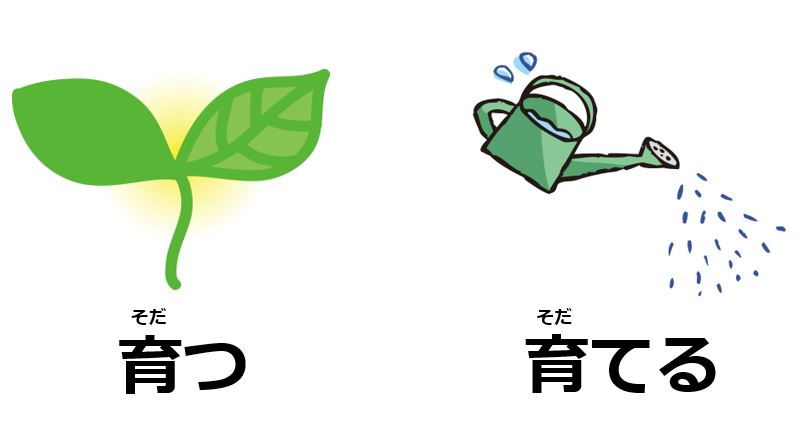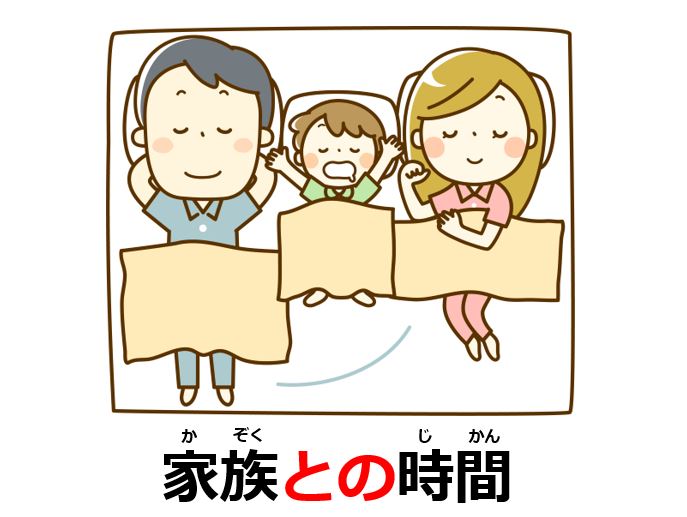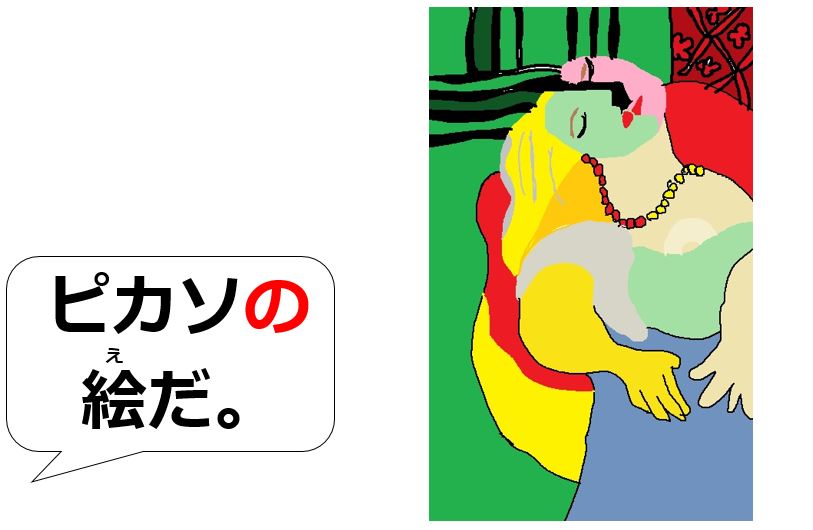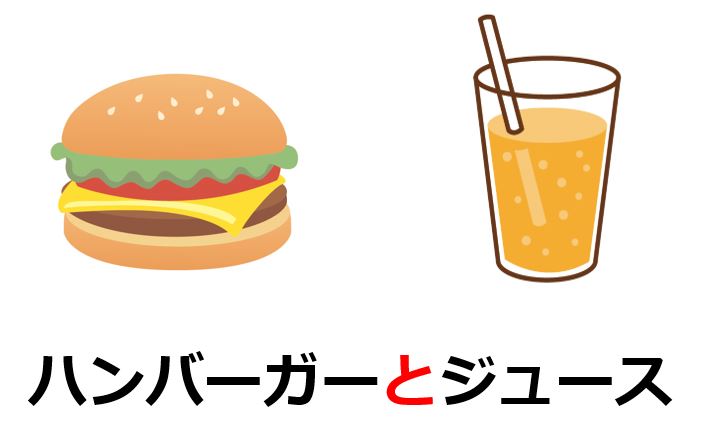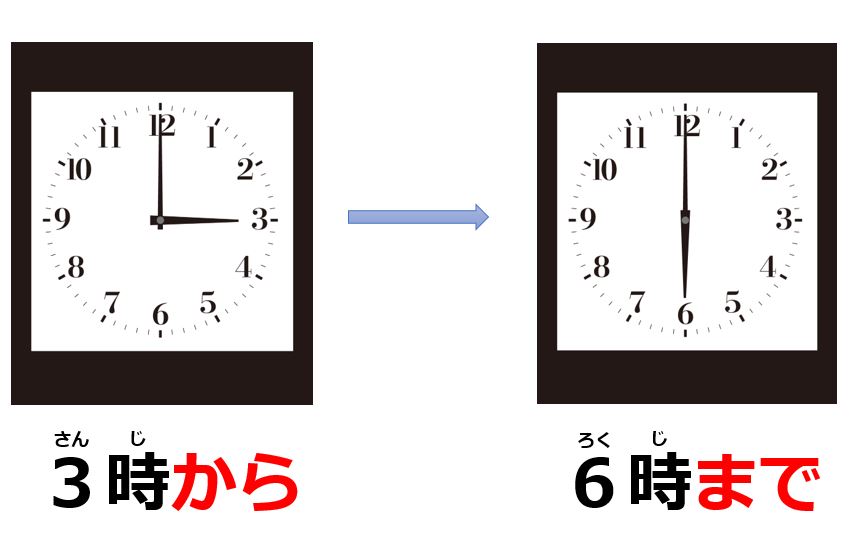Last time, you tackled some advanced topics involving Japanese adjectives, such as “科か学がくに詳くわしい人ひと” and “近ちかいカフェ VS. 近ちかくのカフェ.” Your knowledge of Japanese parts of speech is greatly increasing. In this lesson, you will also take on advanced topics in Japanese verbs. Usage of Verbs When They Can Be Both Intransitive and Transitive If you try to […]
Japanese Grammar
Advanced Adjectives: Noun Phrases & Particular Particles
Last time, you learned how Japanese adverbs work. By utilizing adverbs, you can express degree or manner of things, e.g. “極きわめて辛からい: extremely spicy.” ”かなり辛からい: quite spicy,” ”あまり辛からくない: not very spicy,” and ”まったく辛からくない: not spicy at all.” In this lesson, we will try to delve deeper into the world of Japanese adjectives as there are some […]
Japanese Adverbs
Last time, you learned relative clauses in order to give nouns more contexts. Thereby, you can express “Bob will study Japanese” by means of a noun clause: 日に本ほん語ごを勉べん強きょうするボブ (Bob who will study Japanese). Then, what should you do if you’d like to say “Bob will study Japanese very hard?” In this lesson, you will learn […]
Japanese Relative Clauses
Last time, you learned how to nominalize verbs and adjectives and make a noun clause like “私わたしが先生せんせい なの・であること は.” In this lesson, you will take a different approach to express a noun with contexts by using Japanese relative clauses. Explanation for How Japanese Relative Clauses Work Basic Rules of Relative Clauses In Japanese, relative clauses […]
Nominalizers: こと and の
Last time, you learned combined particles like には and にも, and noun phrases like 朝あさから昼ひるまで. In Japanese, you can combine some parts of speech and make them a noun. In this lesson, you will learn how to let verbs and adjectives work as a noun like “doing,” “to do,” and “being….” The Usage of the […]
Combined Particles
Last time, you learned what functions the particle の has, which are Possessor, Author (Creator), Explanation, Position, and Apposition. Since each particle has various functions, your expression will be more colorful if you can use them together. In this lesson, you will learn how to use combined particles. Explanation for Combined Particle by Using Focus […]
Particle の: Possessor and Modifier
In the first entry: Japanese Nouns: State-of-Being, we briefly mentioned the particle の with the sentence pattern: Noun の Noun. As you may have notice already, this is a very useful, powerful particle. In this lesson, you will master all of its functions. Explanation for How the Particle の Works Although we have picked up […]
Parallel Markers: と, や, か, and とか
Last time, you learned the functions of the particle から: Starting Point, Source, Raw Material, and State Before Change. So far, you have learned the usages of the particles assuming the number of subjects or objects is just one. In this lesson, you will learn expressions where there are more than one subject or object […]
Particles から and まで
Last time, you learned what function the particle で has and how to use them. The better you understand Japanese particles, the variety in your expressions can increase. Here, you will learn the particles から and まで. Explanation for How the Particles から and まで Work Since まで is often used together with から, you […]
Particle で: Expressing Supplementary Information
Last time, you learned how to use objects with Japanese verbs, like 本ほんを読よみます. Then, if you say, “I will read books at the library,” what should it be like? Here, you will learn how to give more contexts by using the particle で. Explanation for How the Particle で Works Table of Contents Location of Action […]

